How To Play Camcorder On Tv ?
To play a camcorder on a TV, you need to connect the camcorder to the TV using an appropriate cable. The type of cable you need will depend on the type of camcorder you have and the inputs available on your TV.
If your camcorder has an HDMI output, you can connect it to your TV using an HDMI cable. If your camcorder has a composite or component output, you will need to use a composite or component cable to connect it to your TV.
Once you have connected the camcorder to the TV, you may need to change the input on your TV to the appropriate input for the camcorder. This can usually be done using the TV remote control.
Once the camcorder is connected and the TV input is set correctly, you should be able to play the camcorder on the TV. You may need to use the camcorder controls to start and stop playback, or you may be able to use the TV remote control to control playback.
1、 Connection types: HDMI, RCA, S-Video, Component
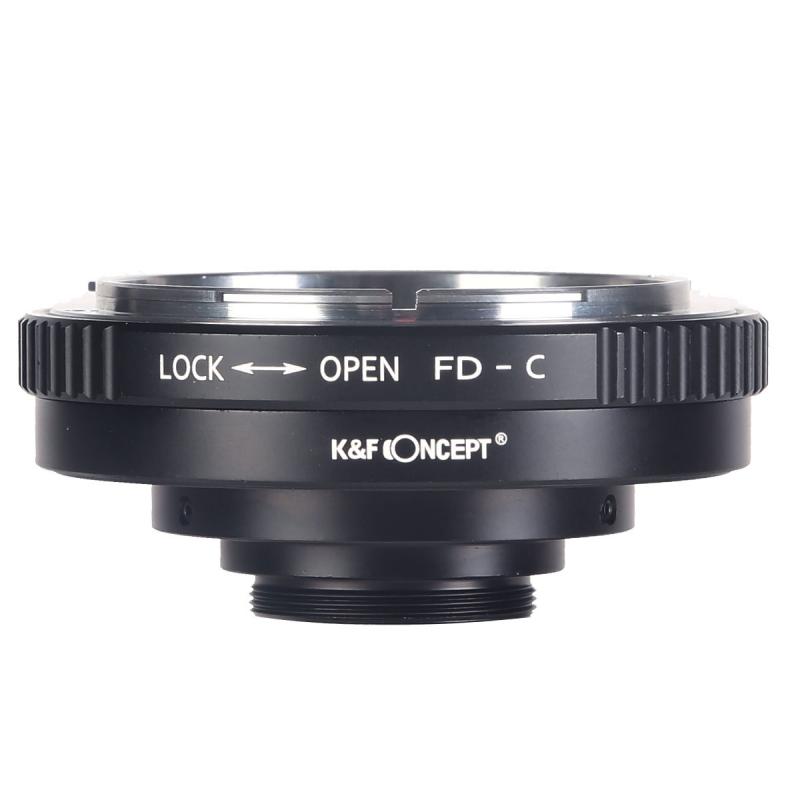
To play a camcorder on a TV, there are several connection types available. The most common connection types are HDMI, RCA, S-Video, and Component.
HDMI is the most popular and widely used connection type for modern camcorders and TVs. It provides high-quality digital video and audio signals, making it the best option for high-definition video playback. To connect your camcorder to your TV using HDMI, simply plug one end of the HDMI cable into the camcorder's HDMI port and the other end into the TV's HDMI port.
RCA is an older connection type that uses three separate cables for video and audio signals. It is still commonly found on older camcorders and TVs. To connect your camcorder to your TV using RCA, plug the yellow cable into the video input on the TV and the red and white cables into the audio inputs.
S-Video is another older connection type that provides better video quality than RCA. It uses a single cable for video signals and separate cables for audio signals. To connect your camcorder to your TV using S-Video, plug the S-Video cable into the S-Video input on the TV and the audio cables into the audio inputs.
Component is a high-quality connection type that provides better video quality than RCA and S-Video. It uses three separate cables for video signals and separate cables for audio signals. To connect your camcorder to your TV using Component, plug the red, green, and blue cables into the corresponding inputs on the TV and the audio cables into the audio inputs.
In conclusion, the best connection type for playing a camcorder on a TV is HDMI. However, if your camcorder or TV does not have an HDMI port, RCA, S-Video, or Component can be used as alternative options. It is important to check the compatibility of your camcorder and TV before choosing a connection type.
2、 Camcorder settings: TV output, video format
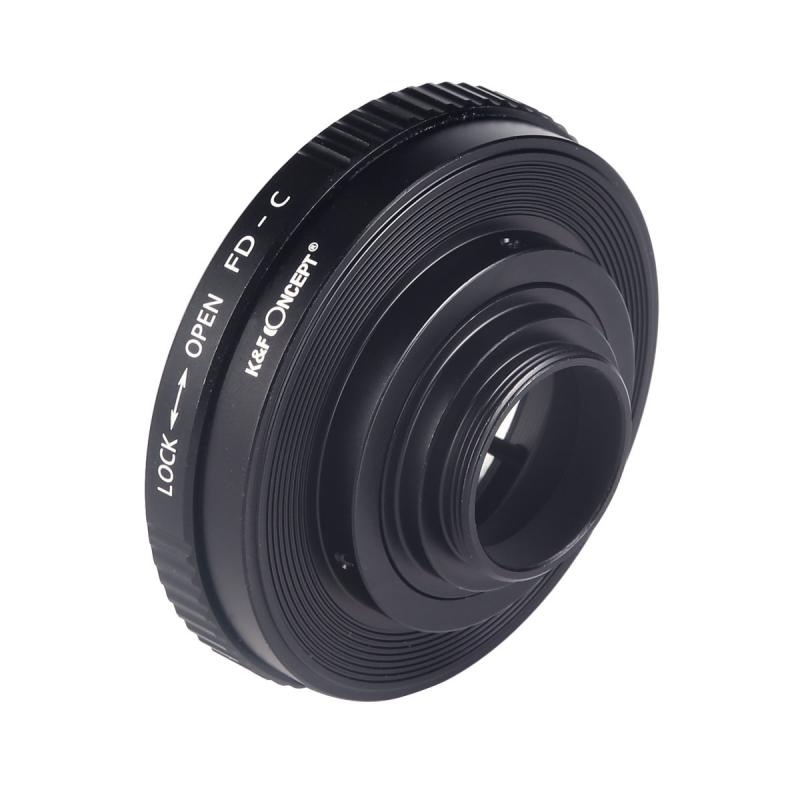
To play a camcorder on a TV, you need to connect the camcorder to the TV using the appropriate cables. The type of cable you need will depend on the type of camcorder you have and the inputs available on your TV. Most modern camcorders use HDMI cables, while older models may use RCA or S-Video cables.
Once you have connected the camcorder to the TV, you may need to adjust the settings on both devices to ensure that the video is displayed correctly. This may involve selecting the correct input on the TV and adjusting the video format on the camcorder.
To adjust the video format on the camcorder, you will need to access the settings menu. Look for an option labeled "TV output" or "video format" and select the appropriate setting for your TV. This may be NTSC or PAL, depending on your location.
It is also important to ensure that the camcorder is set to output video to the TV rather than the built-in screen. This may involve selecting an option labeled "TV output" or "external display" in the camcorder settings.
Overall, playing a camcorder on a TV is a relatively simple process that can be accomplished with the right cables and a few adjustments to the settings on both devices. With the latest advancements in technology, some camcorders now come with built-in Wi-Fi or Bluetooth connectivity, allowing for wireless streaming to a TV or other devices.
3、 TV input selection: HDMI, AV, Component
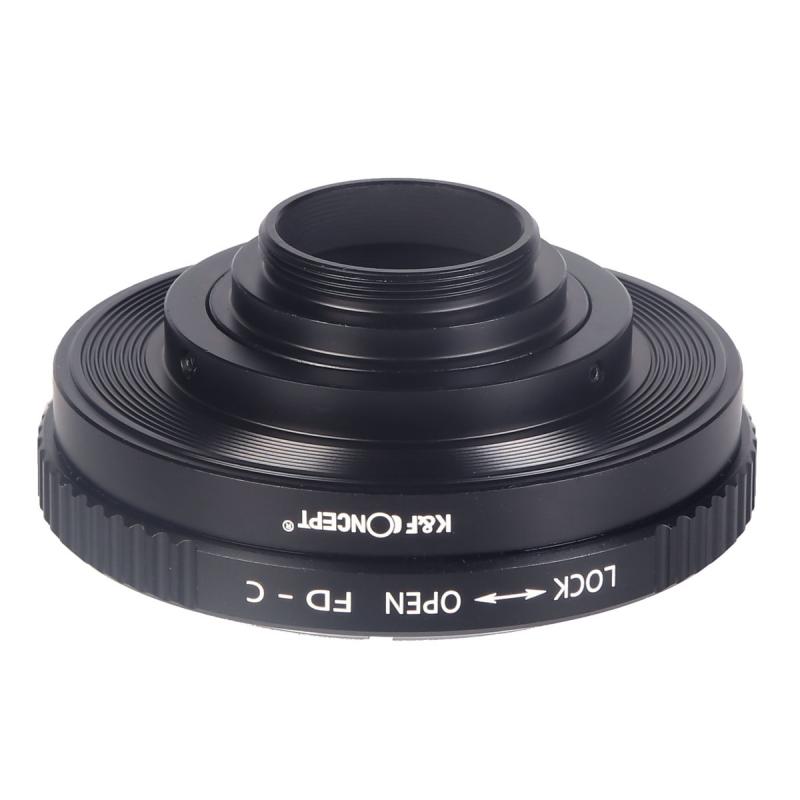
To play a camcorder on a TV, you need to connect the camcorder to the TV using the appropriate cables. The type of cable you need will depend on the type of TV you have and the type of camcorder you are using.
If your TV has an HDMI input, you can connect your camcorder to the TV using an HDMI cable. Simply plug one end of the HDMI cable into the HDMI port on your camcorder and the other end into the HDMI port on your TV. Once connected, switch your TV to the HDMI input using your TV remote.
If your TV does not have an HDMI input, you can use either an AV or component cable to connect your camcorder to the TV. AV cables have three connectors: red, white, and yellow. Component cables have five connectors: red, green, blue, red, and white. To connect your camcorder to the TV using an AV or component cable, plug the appropriate connectors into the corresponding ports on your camcorder and TV. Once connected, switch your TV to the AV or component input using your TV remote.
It's important to note that some newer camcorders may not have AV or component outputs, and instead only have HDMI outputs. In this case, you will need to use an HDMI cable to connect your camcorder to the TV.
Overall, playing a camcorder on a TV is a simple process that can be done using the appropriate cables and selecting the correct input on your TV.
4、 Troubleshooting: no signal, poor quality, audio issues
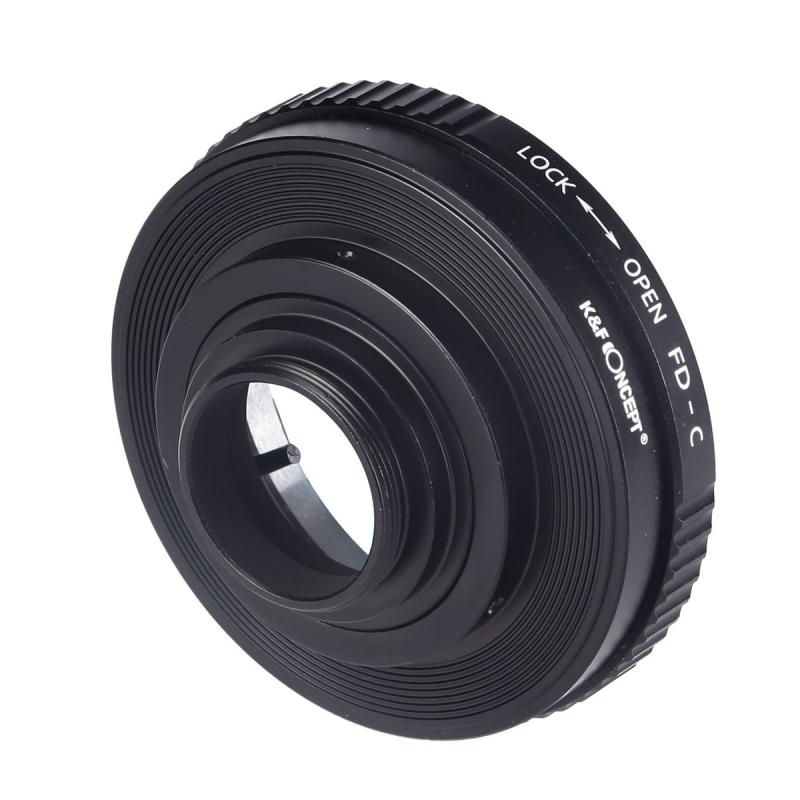
How to play camcorder on TV:
1. Connect the camcorder to the TV using an HDMI cable or AV cable. Make sure to select the correct input on the TV.
2. Turn on the camcorder and the TV. If the TV does not recognize the camcorder, try turning off both devices and then turning them back on.
3. Adjust the settings on the camcorder to ensure the best picture quality. This may include adjusting the resolution, aspect ratio, and color settings.
4. Use the TV remote to adjust the picture and sound settings on the TV. This may include adjusting the brightness, contrast, and volume.
Troubleshooting: No signal, poor quality, audio issues
If you are experiencing issues with playing your camcorder on your TV, there are a few troubleshooting steps you can take:
1. Check the cables: Make sure that the cables are securely connected to both the camcorder and the TV. If the cables are loose, this can cause a poor quality signal or no signal at all.
2. Check the settings: Make sure that the settings on both the camcorder and the TV are set correctly. This may include adjusting the resolution, aspect ratio, and color settings.
3. Check the audio: If you are experiencing audio issues, make sure that the audio settings on both the camcorder and the TV are set correctly. This may include adjusting the volume and audio output settings.
4. Update firmware: If you are still experiencing issues, check to see if there are any firmware updates available for your camcorder or TV. Updating the firmware can often resolve issues with compatibility and performance.
In conclusion, playing your camcorder on your TV can be a great way to share your videos with friends and family. By following these simple steps and troubleshooting tips, you can ensure that you get the best possible picture and sound quality.


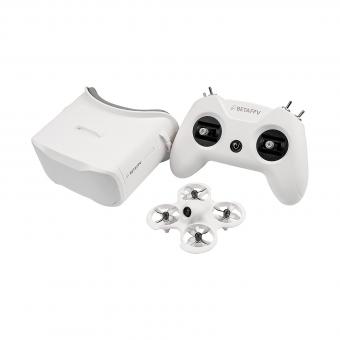
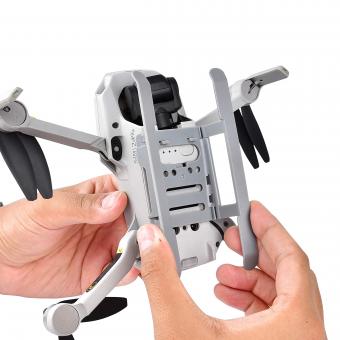


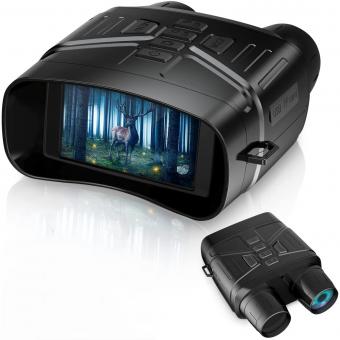
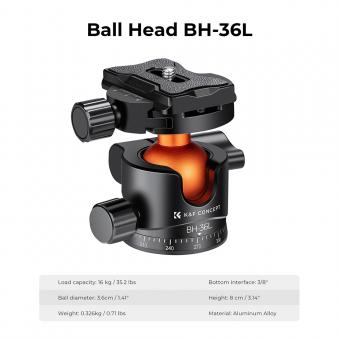
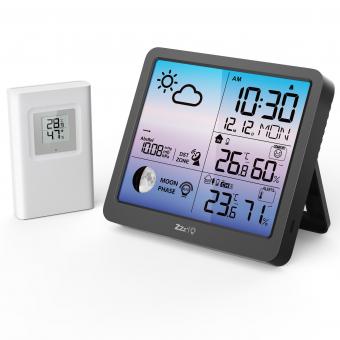

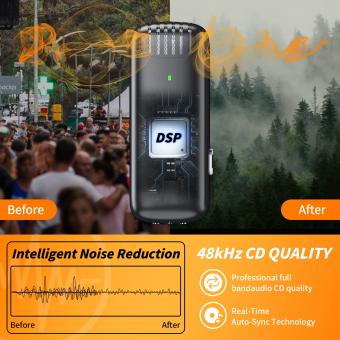



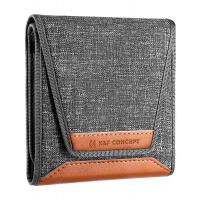
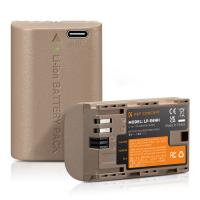
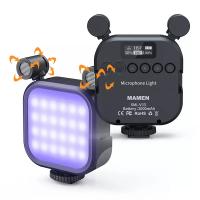

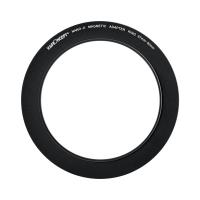

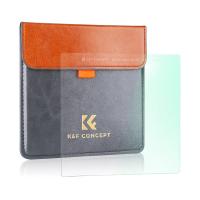
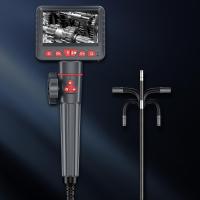
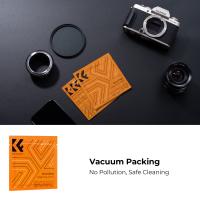


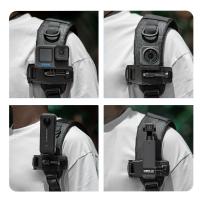
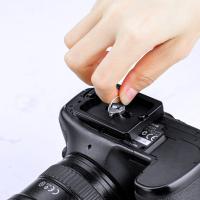
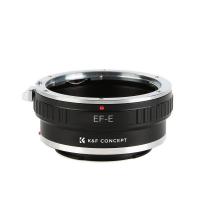
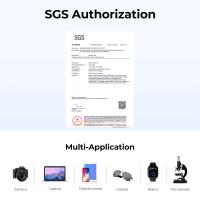
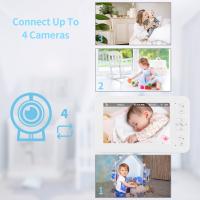
There are no comments for this blog.